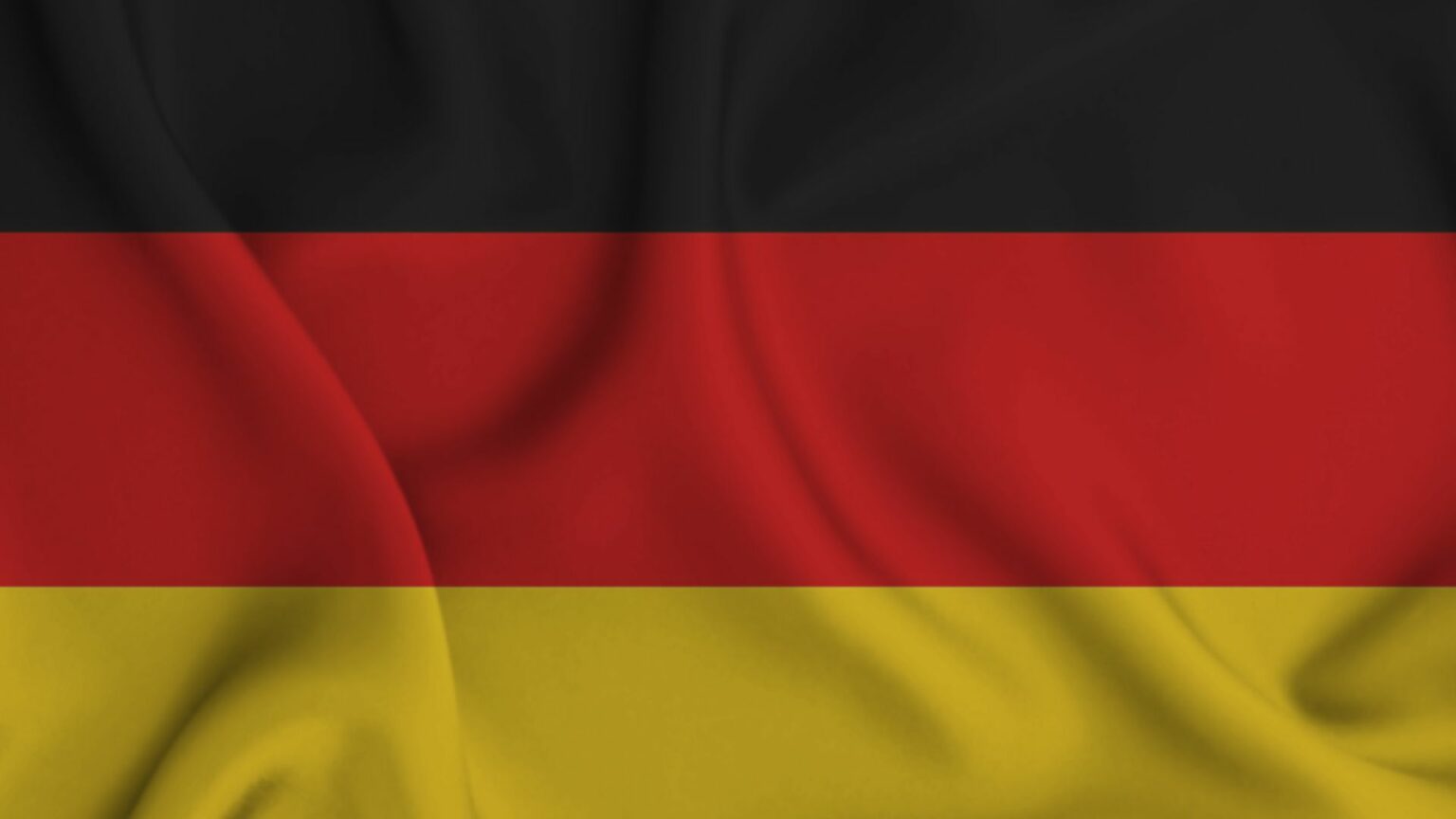Germany’s Federal Ministry for Digital and Transport (BMDV) has launched the BALIS 2.0 Project to advance zero-emission regional air travel.
The initiative, receiving €9.3 million in funding, is spearheaded by H2FLY in collaboration with the German Aerospace Center (DLR) and Diehl Aerospace. The goal is to develop and test a 350 kW fuel cell system intended for commercial aircraft.
The 350 kW fuel cell system, intended as a foundational module for future hydrogen-electric powertrains, is a significant step towards emission-free regional aircraft. However, the real impact of this system should be measured against industry benchmarks.
Currently, several companies and research institutions are developing hydrogen-powered aircraft systems, with varying degrees of success. The proposed 350 kW system must not only match but exceed the performance and efficiency of existing technologies. The project’s success will hinge on its ability to deliver a robust, scalable solution that can be commercialized effectively.
H2FLY’s responsibility for developing the fuel cell system is a critical aspect of the project. However, the company’s track record in this domain must be scrutinized to gauge its capability to meet the ambitious goals of BALIS 2.0. Similarly, DLR’s role in optimizing system operation and Diehl Aerospace’s contribution to platform technology should be evaluated based on their previous performance in related fields.
What Does €9.3 Million Really Mean?
The €9.3 million funding from the BMDV and the European Recovery and Resilience Facilities (ARF) is a substantial investment. Yet, it’s essential to consider whether this amount is adequate for the ambitious scope of the BALIS 2.0 project. Comparing this funding to other similar initiatives in the hydrogen aviation sector can provide insights into its sufficiency and the project’s financial viability.
Statements from officials such as Dr. Volker Wissing and Dr. Stephanie Bauer highlight the potential of BALIS 2.0 to revolutionize aviation. However, these optimistic views must be weighed against the project’s actual progress and technological achievements. It is crucial to differentiate between promotional rhetoric and measurable outcomes in evaluating the project’s success.
The BALIS 2.0 project plans to commence initial ground tests of the 350 kW fuel cell system in 2025. Assessing the feasibility of this timeline involves scrutinizing the historical performance of similar projects and the readiness of the involved technologies. The timeline should be realistic and aligned with industry standards for technological development and testing.
